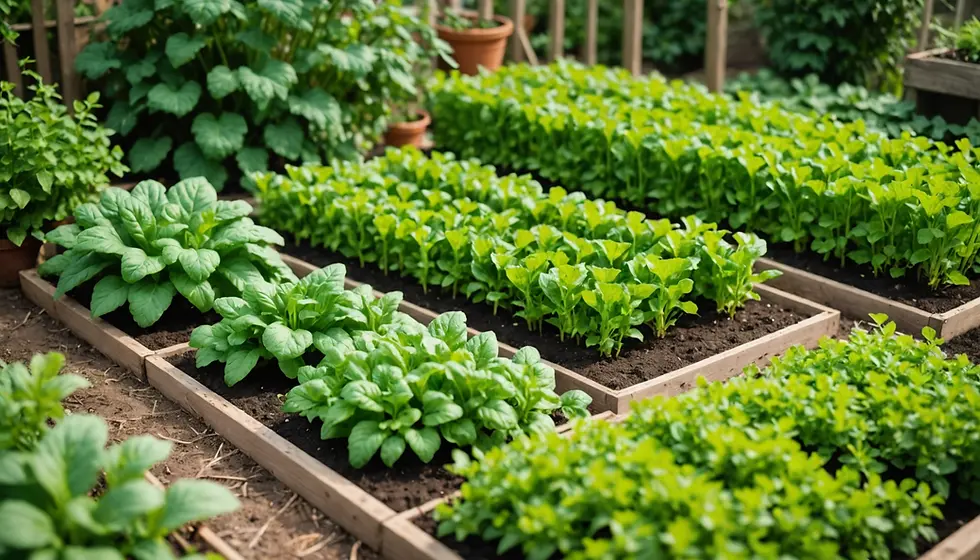VOG - The Safety of Using Potting Soil and Legionnaires
- Crountryside Living
- Mar 29, 2024
- 2 min read

Potting soil is an essential tool for gardeners and plant enthusiasts. However, it is important to be aware of the potential risks associated with its use. One such risk is the presence of Legionnaires disease, a potentially fatal respiratory disease. In this VOG (Voice of Gardeners), we will explore the potential connection between potting soil and Legionnaires disease, and discuss the importance of taking appropriate safety measures when using potting soil.
What is Legionnaires Disease?
Legionnaires disease is a severe pneumonia caused by a type of bacteria called Legionella. It is commonly found in water reservoirs, plumbing systems, air conditioning systems, and other water sources. The bacteria thrive in moist environments, including the moisture found in potting soil.
The Risk of Legionnaires Disease in Potting Soil
Potting soil often contains organic matter such as compost, peat moss, and vermiculite. These materials provide nutrients and moisture retention for plants, but they also provide a favorable environment for the growth of bacteria. When potting soil becomes wet or moist, it can create a breeding ground for Legionella bacteria.
Symptoms of Legionnaires Disease
Legionnaires disease can result in a range of symptoms, including:
1. Fever
2. Muscle aches
3. Headaches
4. Chills
5. Dry cough
6. Shortness of breath
7. Severe pneumonia
In severe cases, Legionnaires disease can be life-threatening, requiring hospitalization and antibiotic therapy. It is important to seek medical attention if you experience any of these symptoms, especially if you have recently handled potting soil.
Precautions When Using Potting Soil
To minimize the risk of Legionnaires disease when using potting soil, it is important to take the following precautions:
1. Avoid breathing in the dust: When working with potting soil, wear a mask or respirator to avoid inhaling the dust. This will help prevent the inhalation of Legionella bacteria.
2. Avoid water splashing: When watering plants or mixing soil, be careful not to create water droplets that spray into the air. This can spread the bacteria to surrounding areas.
3. Wash your hands regularly: After working with potting soil, wash your hands thoroughly with soap and water. This will help remove any potential bacteria from your skin.
4. Dispose of soil properly: When finished with potting soil, dispose of it safely. Avoid leaving it in open containers or areas where it can come into contact with water.
5. Avoid potting soil in enclosed spaces: Potting soil should not be stored in enclosed spaces, such as greenhouses or sheds, as it can create an ideal environment for bacterial growth.
While potting soil is essential for growing plants, it is essential to be aware of the potential risks associated with Legionnaires disease. By taking necessary precautions, such as wearing a mask, avoiding water splashing, and washing your hands regularly, you can minimize the chances of contracting the disease. Remember to always prioritize your safety when working with potting soil, and consult with a medical professional if you experience any symptoms.




Comments